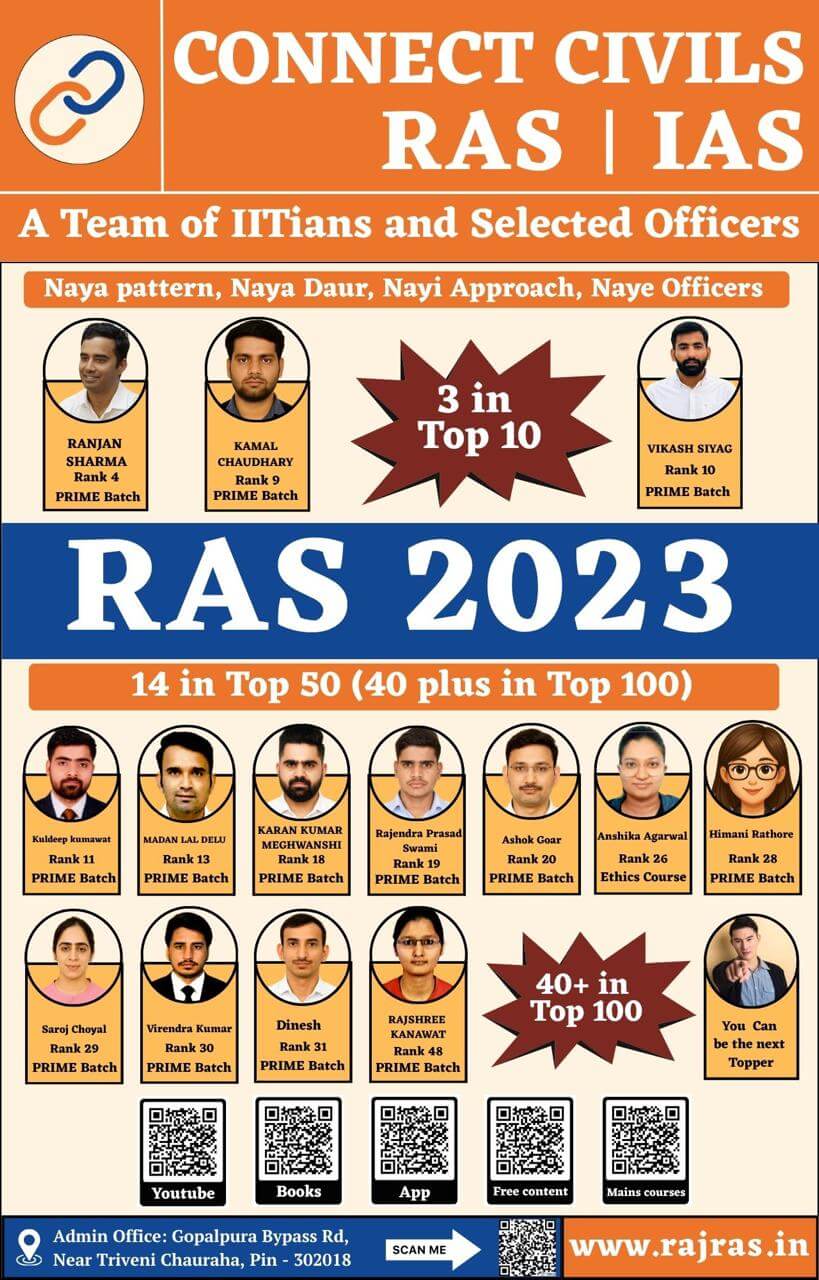In August 2020, there has been news that, India is negotiating with 13 countries, including Australia, Japan, Russia, South Korea, Thailand and Singapore, to establish separate bilateral air bubble arrangements for international flight operations. Further, India already has such agreements with USA, UK, France, Germany, UAE, Qatar and Maldives. This post explains the concept of air-bubble or air-transport bubble between countries in detail.
What is an Air-Bubble ?
“Air-Bubble” or “Air-Transport Bubbles” or “Air Travel Arrangements” are temporary arrangements between two countries aimed at restarting commercial passenger services when regular international flights are suspended as a result of the COVID-19 pandemic. They are reciprocal in nature, meaning airlines from both countries enjoy similar benefits.
Bilateral air bubble agreements
Consequently, bilateral air-bubble agreement is an agreement that provides travel corridor between two countries that wish to reopen their borders and re-establish connections with each other. This is an exclusive partnership considered between countries that have either largely eliminated the virus, or trust the testing numbers.
By definition, under a bilateral air-bubble pact, carriers of both the countries are allowed to fly passengers either way without any restrictions. In reality, airlines of both the countries can operate international flights with certain restrictions.
India’s bilateral Air-Bubble Agreement Status
As per AIR NEWS, India has already established bi-lateral air-bubble agreements with the US, the UK, France, Germany, the UAE, Qatar and the Maldives. India is negotiating with 13 countries, including Australia, Japan, Russia, South Korea, Thailand and Singapore.
Further, air bubbles have also been proposed with neighbouring countries Sri Lanka, Bangladesh, Afghanistan, Nepal and Bhutan.
References:
- India’s Air-Transport Bubble Agreements – Official Website


